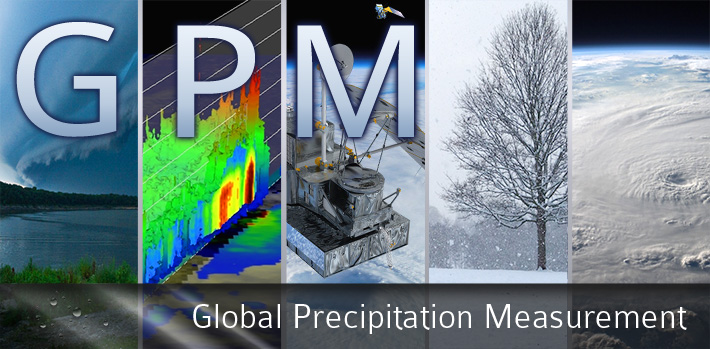NMQ: National Mosaic and Multi-Sensor QPE
Comparisons of rainrates from MHS and Q3
MHS surface rainrates
MHS surface rainrates are generated on a pixel by pixel basis from radiometer brightness temperature
data using the Goddard Profiling algorithm GPROF2014. The brightness temperature is measured from
the MHS passive microwave instrument flown on the NOAA and METOPS satellites.
This comparison utilizes the 2015 MHS data.
Comparisons with Q3
The comparisons are conducted over the CONUS during each overpass.
Instantaneous Q3 rainrates are distance-weighted avearaged to
collocated MHS footprints. When weighted-averaging to the MHS
footprint, 20-km is selected as the extended MHS footprint size. This
larger-than-nominal MHS footprint (~15km) allows power returns outside
half-beamwidth area to be included in computing the weighted average.
Rainrates less than 0.2 mm/h from both MHS and Q3 are not included as the MHS gets a lot of false light rain.
Only the inner 50 pixels of the MHS swath are used since the
resolution of the outer footprints increase with the distance off the nadir.
Following QC filters for matched MHS/Q3 rainrates are applied.
- QC1
- Rainrates >=0.2 mm/h
- RQI>=0.9
- liquid precipitation only
- QC0
- Scatter plot
- Density plot
- Mean difference, relative error, RMSE and correlation
- PDF by rain occurrence and volume
- Rain map
The rain map for MHS surfacePrecipitation (SP), mostLikelyPrecipitation (MP) or Q3
is based on its native spatial resolution (MHS: ~15km; Q3: 0.01o).
MHS rainrates less than 0.2 mm/h are not plotted.
- Error Map
Click here for the comparisons of MHS with Q3 based on 50-km grid matching.
|



